Coma corrected SCT test page.
Commercial SCTs tend to suffer from two major optical flaws: a
curved focal plane and off-axis coma. There are other abberations as
well, but the aforementioned two are the main problems. However, if we
can eliminate coma the off axis stars will still be round, if slightly
out of focus. The is essentially the situation with RC telescopes which
also have a curved focal plane.The off-axis stars tend to bloat a bit
but the round stars do not attract the viewers eye to the same extent
as coma flared stars.
I've been experimenting with using a coma corrector to reduce the coma
inherent in the commercial SCT design. I can report that using a CC
does help reduce coma in an SCT, contrary to popular opinion. I've
tested the Lumicon CC and a Baader MPCC. The Lumicon has the
advantage in ease of use, as it is designed to thread into a Lumicon
NEG, which I use. The Lumicon CC corrects the coma in front of the
guide prism which tightens the guide stars. The Lumicon design does not
effect the back focus at all. The Baader MPCC attaches directly to the
camera via a T-adapter. The scope end of the MPCC has a two inch barrel
and inserts into the NEG after the guiding prism. The MPCC requires
about 7mm extra back focus. The Baader MPCC produces superior results
compared to the Lumicon CC. I suspect that either CC would work very
well with an F10 SCT.
Here's a few test images. Please note that these are test images and
should not be considered as properly exposed or digitally processed.
These images were taken through a Meade 10" F6.3 OTA @ f6.3 using a NEG
and a Nikon F2 body using Fuji Provia 400. The images were autoguided
with a Meade 208xt, in standalone mode on a EQ-6 Skyscan GEM. After
some on-line discussions, there is some doubt as to whether a coma
corrector will work with a Celestron SCT.
click on the images to see a high resolution version.
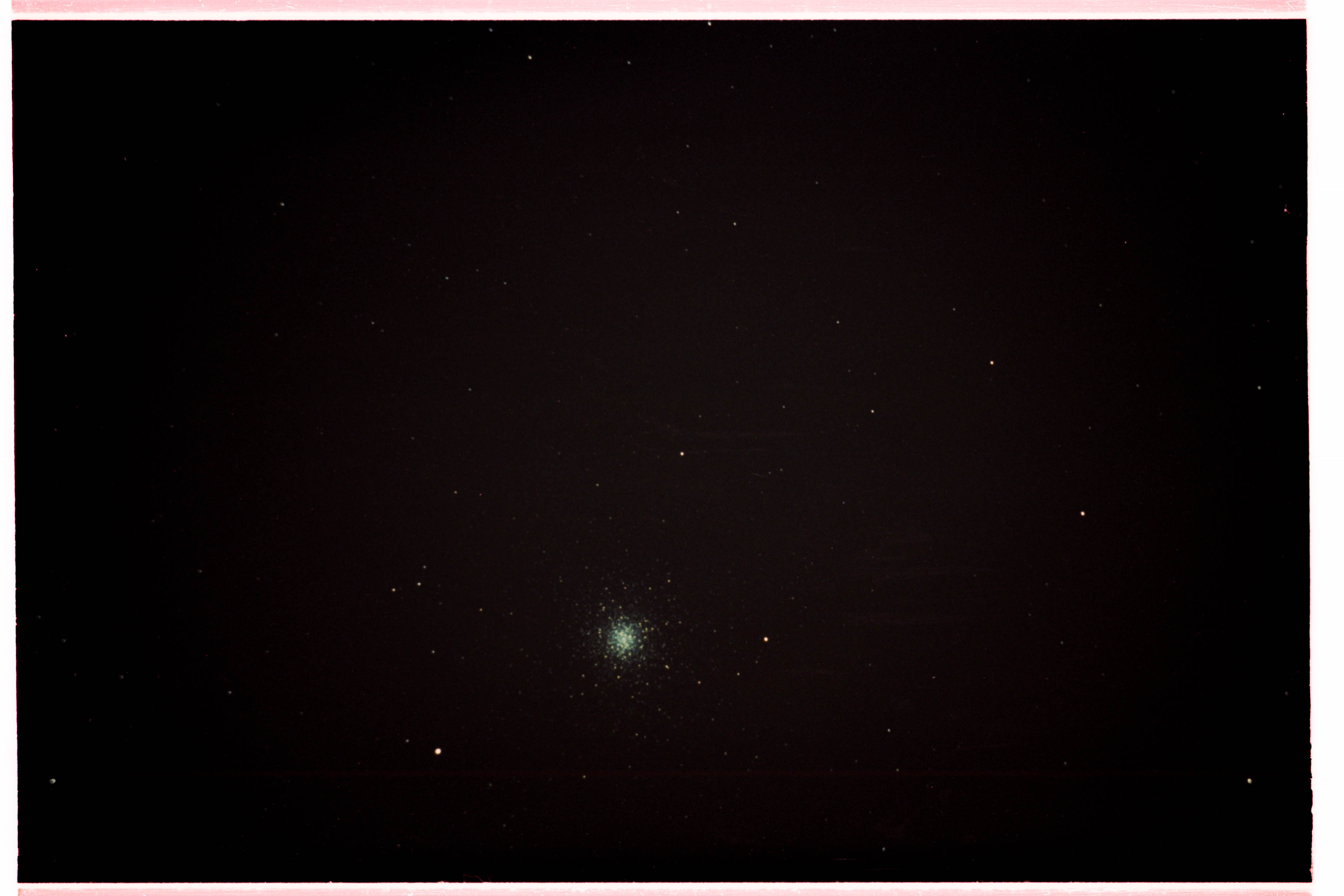
M3 - 20 minutes - Baader MPCC
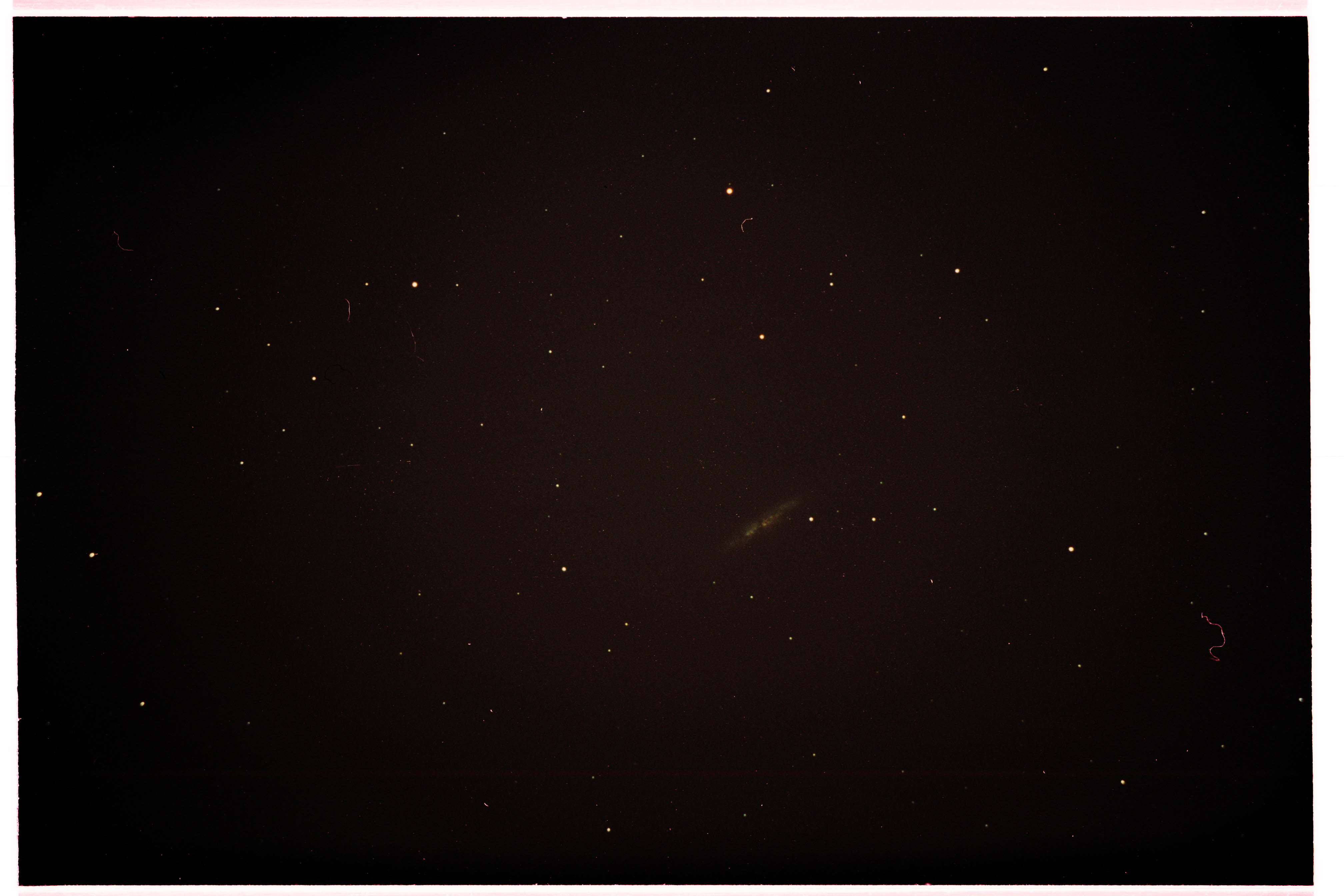
M82 - 30
minutes - Baader MPCC
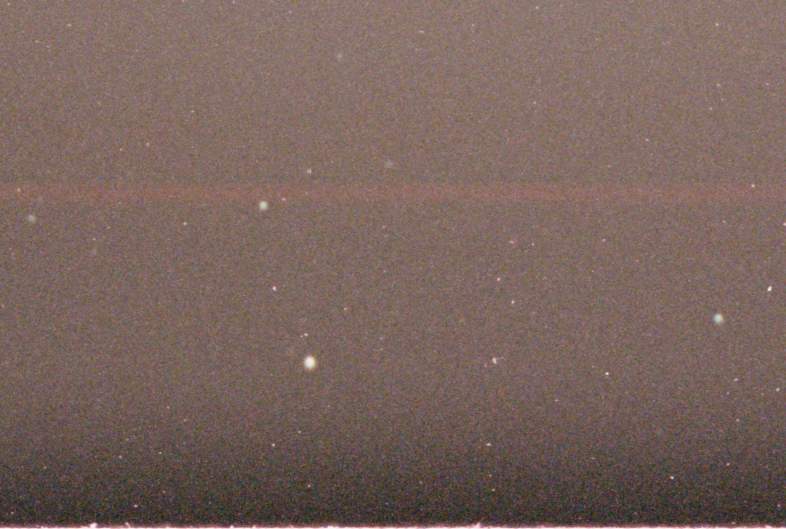
enlarged section of the M82 image showing coma reduction with the
Baader MPCC. The red line
is a scanner artifact.
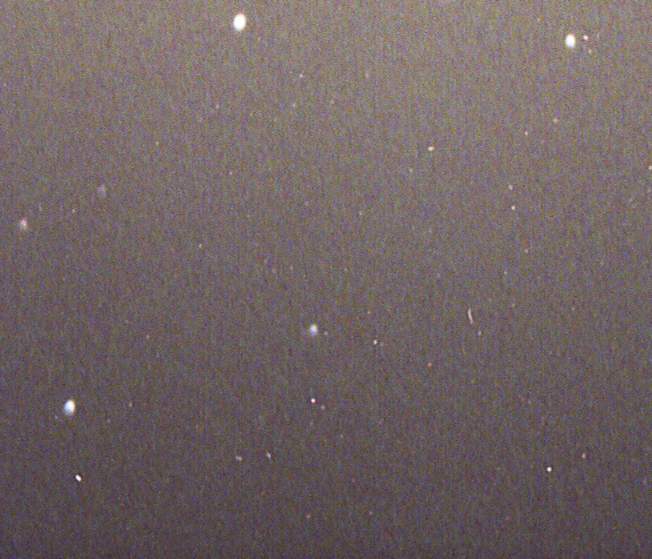
A portion of an image of M101 using a Lumicon CC. 45 minutes.
Test images @ F10 (2500mm EFL). These images are direct from the
scanner (Minolta Dimage Scan Dual 2) with no processing other than
conversion to Jpeg format.
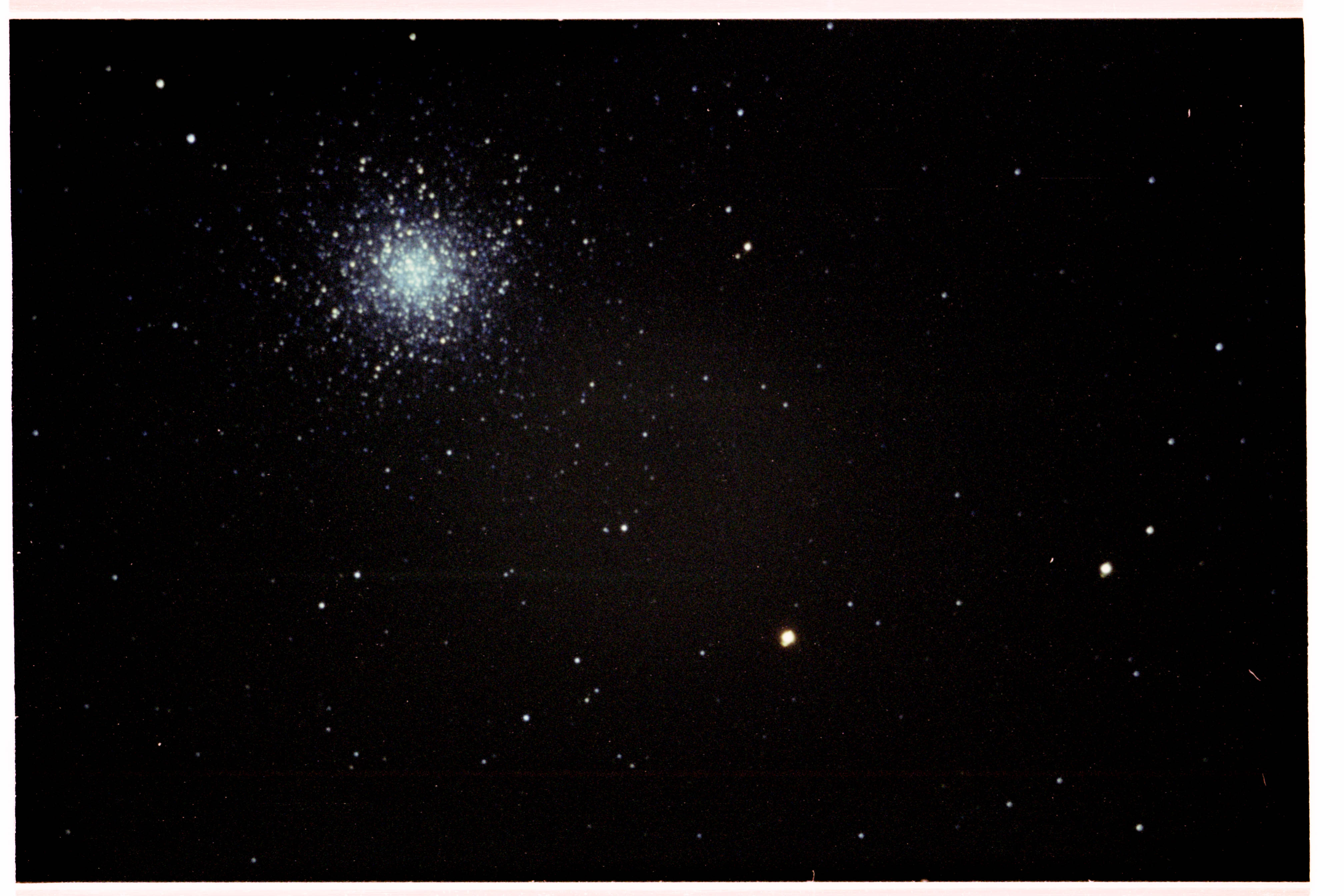
M13 20 minutes (aprox) with Fuji Superia X-tra 400 ISO.
This image was shot at F10 while being autoguided on an EQ-6
Skyscan GEM with a Meade 208XT. I used a Lumicon NEG
and a Baader MPCC.
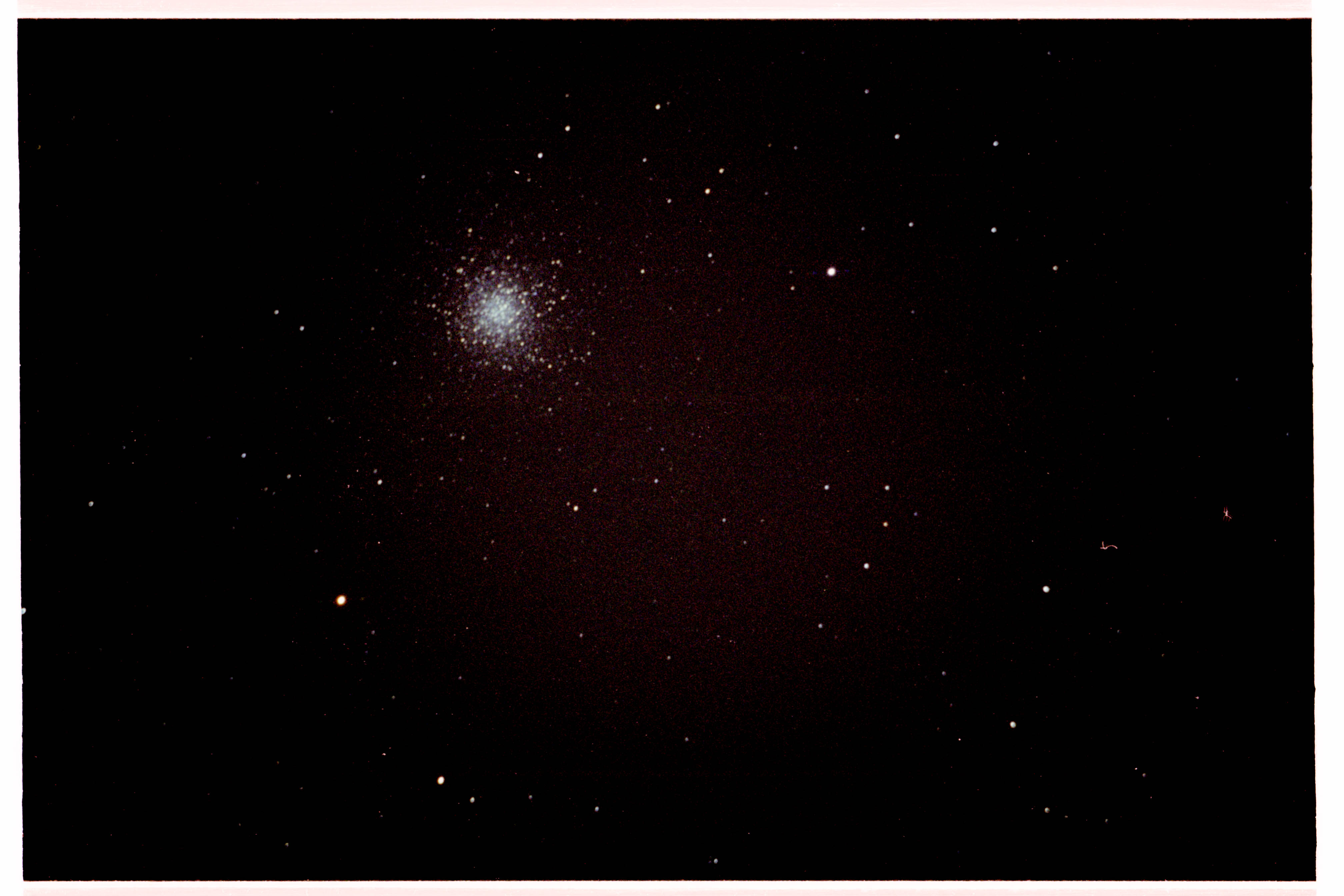
M13 15 minutes (aprox) with Fuji Superia X-tra 400 ISO
This image was shot at F6.3 with an F6.3 OTA (1600mm EFL)
while being autoguided by a Meade 208xt on a Celestron CI-700 mount.
I used a Lumicon NEG and a Baader MPCC.
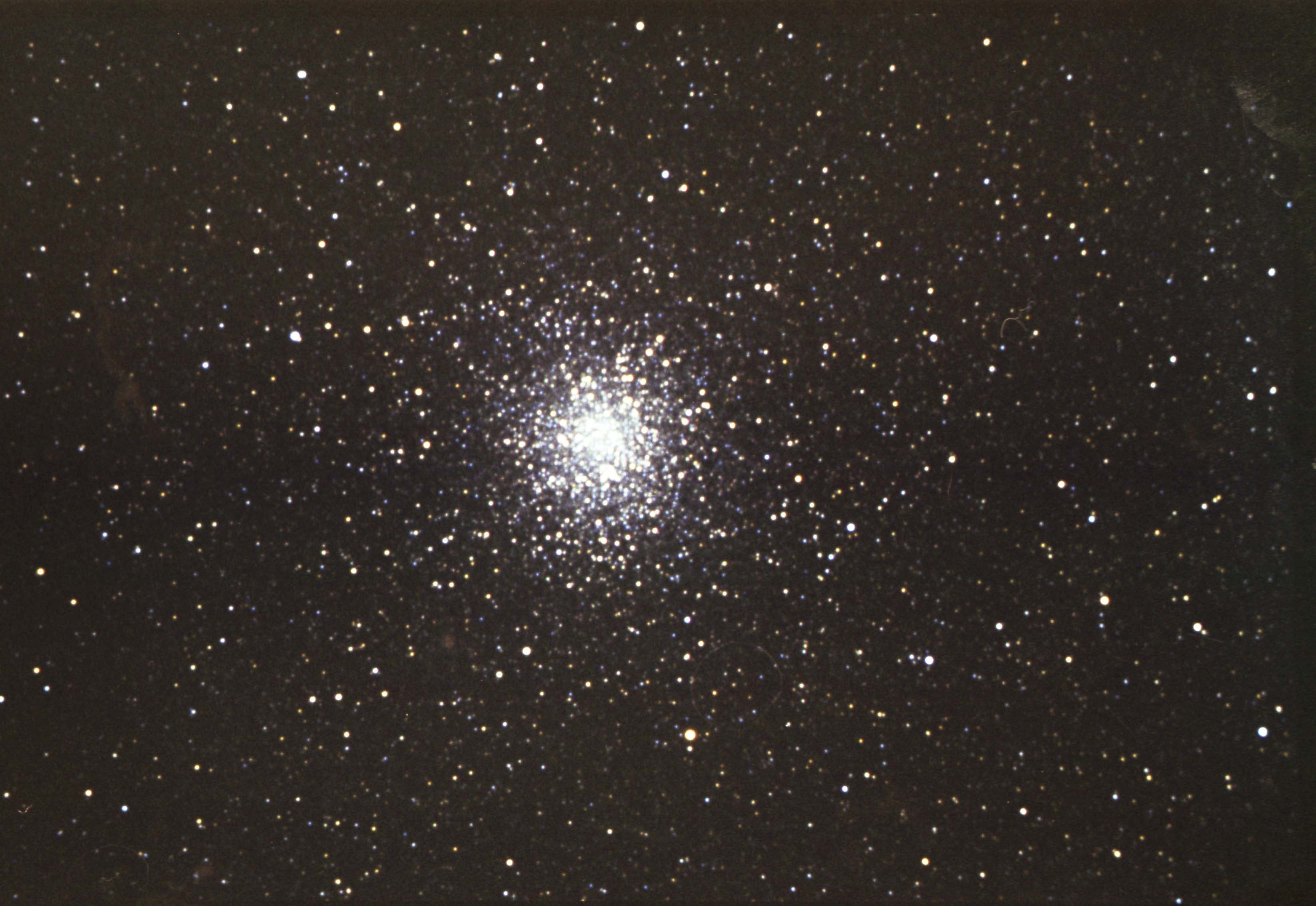
M22, 30 mins at F10 with Fuji Superia X-tra 400 ISO. Autoguided with a
208xt on a EQ-6 Skyscan
GEM mount. Taken June 04 2005 at ASV, Portal Azizona. I did several
test exposures on negative film
but most images were taken using E-200.

M20, off centre, 90mins (?), with the above film and guiding setup.
Home



